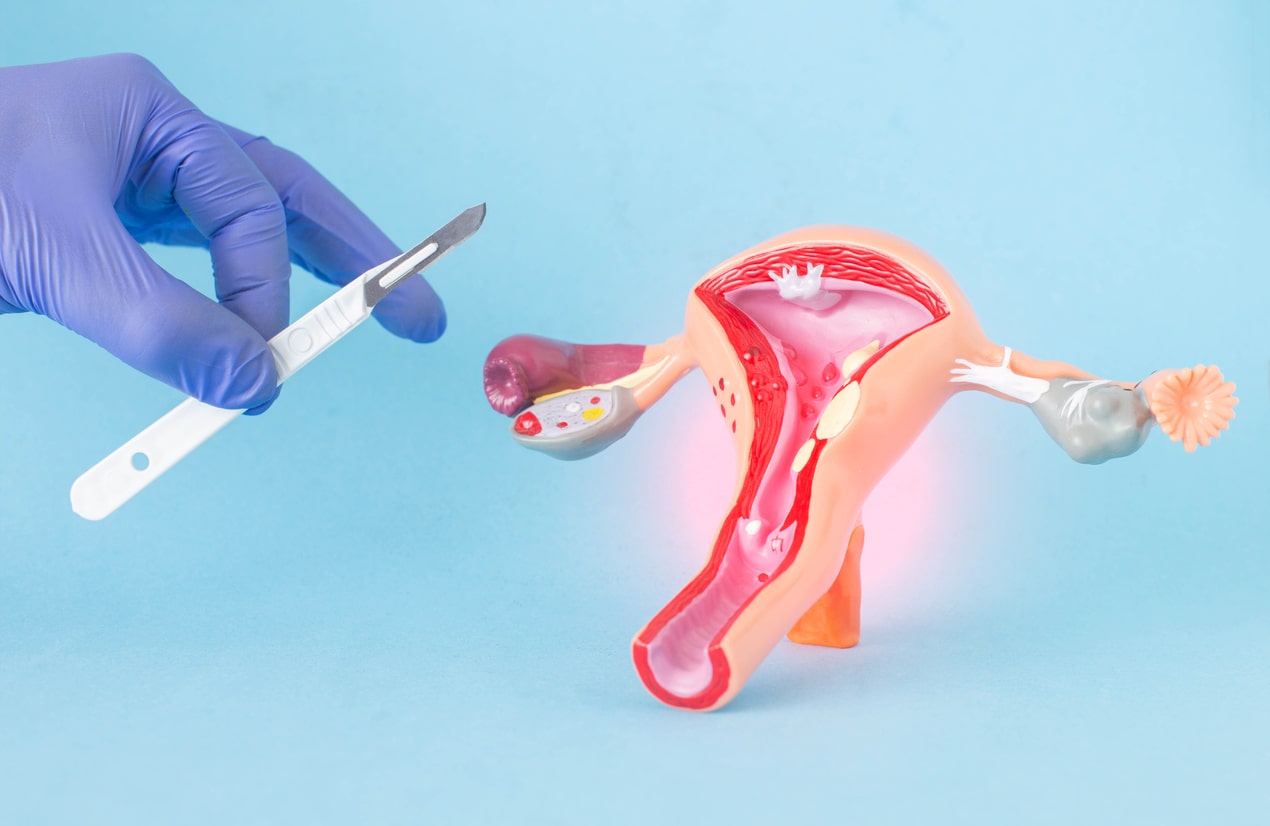
Endometriosis Surgery Costs: Everything You Need to Know
Endometriosis is a chronic gynecological disorder that affects many women. One of the treatments for endometriosis is surgery, which can be expensive. This post will
Endometriosis surgery is a key treatment option for individuals struggling with moderate to severe endometriosis symptoms, especially when other methods such as hormonal therapy and pain management fail to provide relief. Endometriosis is a chronic condition where tissue similar to the lining of the uterus (endometrium) grows outside the uterus, often on the ovaries, fallopian tubes, pelvic lining, bowel, and bladder. This ectopic tissue leads to inflammation, scarring, and severe pelvic pain, often accompanied by infertility, digestive problems, and fatigue.
Surgical intervention for endometriosis is typically recommended when symptoms are debilitating, when there is suspicion of deep infiltrating endometriosis (DIE), or when endometriomas (ovarian cysts caused by endometriosis) are present. Surgery can also be crucial for patients trying to conceive, as endometriosis can interfere with reproductive function.
There are two main types of endometriosis surgery: laparoscopic excision surgery and ablation surgery. Laparoscopic excision is considered the gold standard and involves using a minimally invasive camera (laparoscope) to locate and precisely cut out all visible endometriosis lesions from affected organs and tissues. This method is preferred for its high success rate in symptom relief, lower recurrence risk, and its ability to preserve organ function.
In contrast, ablation or fulguration uses heat, laser, or electrical energy to burn or destroy endometriosis tissue. While less technically demanding, ablation may not treat deeper lesions and is often associated with higher recurrence rates. For optimal results, excision surgery should be performed by a highly skilled endometriosis specialist with experience in treating complex cases, including involvement of the bowel, bladder, diaphragm, and nerves.
Preoperative imaging, such as transvaginal ultrasound or pelvic MRI, can help map the extent of disease, but some endometriosis lesions may only be found during surgery. During laparoscopic surgery, the surgeon may take biopsies, assess organ involvement, and, if necessary, perform additional procedures such as bowel resection or ureterolysis to free up affected structures.
Recovery from endometriosis surgery varies depending on the extent of the disease and the type of procedure performed. Most laparoscopic surgeries allow patients to return to daily activities within 1–2 weeks, although full recovery may take several weeks. Post-surgical care often includes pain management, pelvic floor physical therapy, and sometimes hormonal therapy to reduce the risk of symptom and disease recurrence.
While surgery is not a cure for endometriosis, it can provide significant and long-lasting relief from pain and other symptoms, especially when performed by an experienced specialist. In some cases, repeat surgeries may be necessary if symptoms return or new lesions develop.
Endometriosis surgery plays a vital role in managing this often-debilitating condition. For individuals seeking long-term relief, improved fertility, or better quality of life, consulting with an excision-trained endometriosis surgeon is essential. With the right surgical approach and ongoing care, many patients can experience significant improvement in their symptoms and overall well-being.

Endometriosis is a chronic gynecological disorder that affects many women. One of the treatments for endometriosis is surgery, which can be expensive. This post will
The gold standard for diagnosis of endometriosis is through laparoscopic surgery. The knowledge and skill of the surgeon can affect the ability to accurately identify endometriosis-
Recovery can take a while and looks different for everyone. For most people with endometriosis, they have suffered with symptoms for many years.
Surgery can be scary, but being prepared can help. Below you will find some resources to help you prepare:
Adhesions are bands of scar-like, fibrous tissue that can form when there is any kind of tissue injury. According to Van Den Beukel et al. (2017), adhesions can cause pelvic pain.
Adhesions are formed as a protection your body provides. When you fall and skin your knee, a scab forms to protect the raw area until the skin heals. Internally, adhesions perform much the same way.
I think it is time to explain the Davinci robot from the viewpoint of someone that actually uses the device. There are many people that may disagree with some of the things I will mention, or describe, but this is based on my published data, my experience, and my opinion.
Carbon left behind by laser vaporization is more problematic than just the question of being mistaken for recurrent disease. Carbon can stimulate a foreign body giant cell reaction which can be its own cause of pain and lymphadenopathy.
Just as endometriosis treatment is not one size fits all, recovery will be different for every individual as well. The extent of the disease removed, length of surgery, how your own body heals, and many other factors will come into play.
The average time from symptom onset to diagnosis is 7-12 years. You cannot un-do this in a few hours of surgery. This does not mean individuals with endometriosis and pelvic pain cannot get well. They absolutely can but it is not like appendicitis where you have acute pain, surgery, surgical recovery and back to normal in a few weeks.
Endometriosis lesions can have many different appearances and varying locations. It used to be taught that the lesions had “black, powder burn” appearance; however, we know now that they can vary widely in appearance and can be clear, yellow, tan, red, or black.